THE DOORBELL RINGS and I begin to salivate. The courier hands me the parcel, I can already smell the contents. As I tear it open the aromas intensify - sweet and smoky and woody. I know what I’m going to find because Arantxa my sister in law who lives in the north of Spain, told me they were on their way: piquillos peppers. And not any old piquillos these peppers are from Lodosa in Navarra, where Arantxa lives.
I’m all smiles as four bags, each packed with twenty cooked peppers, fall out onto the table. 80 piquillos! I have plans for them. Some will be stuffed with morcilla, or perhaps creamy goats cheese, others will be blended into sauces, but for now I pop three bags in the freezer, leaving out just enough for a simple plate of Roasted Piquillo Peppers - which I’ll show you how to do in just a minute.
First up, good news…
GETTING HEALTHY BITE BY BITE
We get healthy bite by bite, not in one meal, but in a series of small changes, that together lead to a bigger result.
Piquillo peppers are low fat and low calorie (each one about 12 cals). Certainly a bonus to know I can eat as many as I wish without a care in the world.
High in vitamin C (similar amount to an orange) and high in beta carotene (similar amount to a carrot).
The process is completely organic. No chemicals are used while processing these peppers. They are not even rinsed with water before peeling and seeding.
So, how to get hold of this “red gold”?
DISCOVERING PIQUILLO PEPPERS
One of the ideas of mine is through this newsletter introduce you to some ingredients that you might not have come across, or might not know how to prepare.
If you haven’t got a lovely sister-in-law living in Navarra then online retailers are excellent sources for finding these high-quality piquillo peppers. Google them now. Buy a jar or three.
How to know which are the authentic ones? Look on the label - the good ones will have the “Lodosa Denomination of Origin” stamp.
Lodosa Piquillo peppers are grown and processed exclusively in the 8 Navarra municipalities: Andosilla, Azagra, Cárcar, Lerín, Lodosa, Mendavia, San Adrián and Sartaguda.
Why are Piquillo Peppers from Lodosa so blooming delicious? Is it the juice? Is it the charred bits? I think it’s all that, but it’s also something more. Perhaps you can still taste the love and care that went into them, which hasn’t been processed away in the rush of modern life as with the so many homogenous products you find on the supermarket shelves.
Each pepper is hand-picked and flame-roasted, giving them a smoky and slightly caramelised taste. They are then peeled and packed in their juices. No chemicals or water is used, you’ll find seeds and black charred bits on the authentic ones: Don’t wash these off!
As
of says piquillos are the Kings of Spanish Pepper, Sweet, Smoky and Delicious: “These roasted peppers are hand made…their skins are burnt on an open fire — so there’s lots ofcare and love in this process.”
And when you get an ingredient as good this, you need to do very little. The less we (as cooks) get in the way in fact the better. This is how they are served up in restaurants throughout Navarra.
Roasted. Simple. Perfect. And it couldn’t be easier to do…
Roasted Piquillo Peppers
15-20 piquillo peppers
1 clove garlic
Step 1: Slice and Prep
Here’s how
Put the oven on (180°C/356°F)
Take each whole pepper and slice in half. Open the pepper up, to form a triangle. Lay into your roasting tin or dish, overlapping each pepper to form a circle, like in the picture above. Unleash your creativity.
Drizzle lightly with olive oil and roast for around 15-25 minutes or until the peppers have taken on darker colour around the edges.
Keep in Mind
The piquillo peppers have already been roasted, so essentially we are just warming them through.
Step 2: Garnish and Eat
Here’s how
While the piquillos are in the oven, crush the garlic clove with the back of a knife until you have a smooth paste. Warm up some olive oil in a small pan and add the garlic paste, cook very gently over a low heat. Just a few minutes will do, to take the edge off the raw garlic.
When the piquillos are ready, spoon the garlic and oil, and any pepper juices that might be left in the jar over the cooked peppers.
That’s it! Serve in the roasting tin, as they will break up as you move them.
How might you eat these delicious piquillos?
Use as a starter. Spoon them up, and eat while still warm, with some crusty bread.
Use as a side. Serve as a side. They go particular well with white fish, but also pair up well with meat.
Use as a tapa. Place ontop of bread and crumble over goats cheese.
Read Next:
Day 6: The Weird and Wonderful
I enter the kitchen later today and I’m surprised to see TV cameras rolling. I creep around the back of the pass to get to my workspace.
Olympian Kitchen is written by Nicola Fairbrother MBE, 8th Dan, Olympic silver medallist.
More about my work and me. I’m Nicola Fairbrother. I’m a double Olympian (Barcelona 1992 Silver and Atlanta 1996 5th), light-weight World Champion (1993), triple European Champion, voted by Sunday Times as Sportswoman of the Year and awarded a MBE by HM The Queen. I publish a range of children’s judo books (Koka Kids) and run another substack delivering judo coaching resources. I’m a trained chef (Leiths Professional Diploma) and have completed a 100 day chef-stage in Spanish Michelin kitchens.





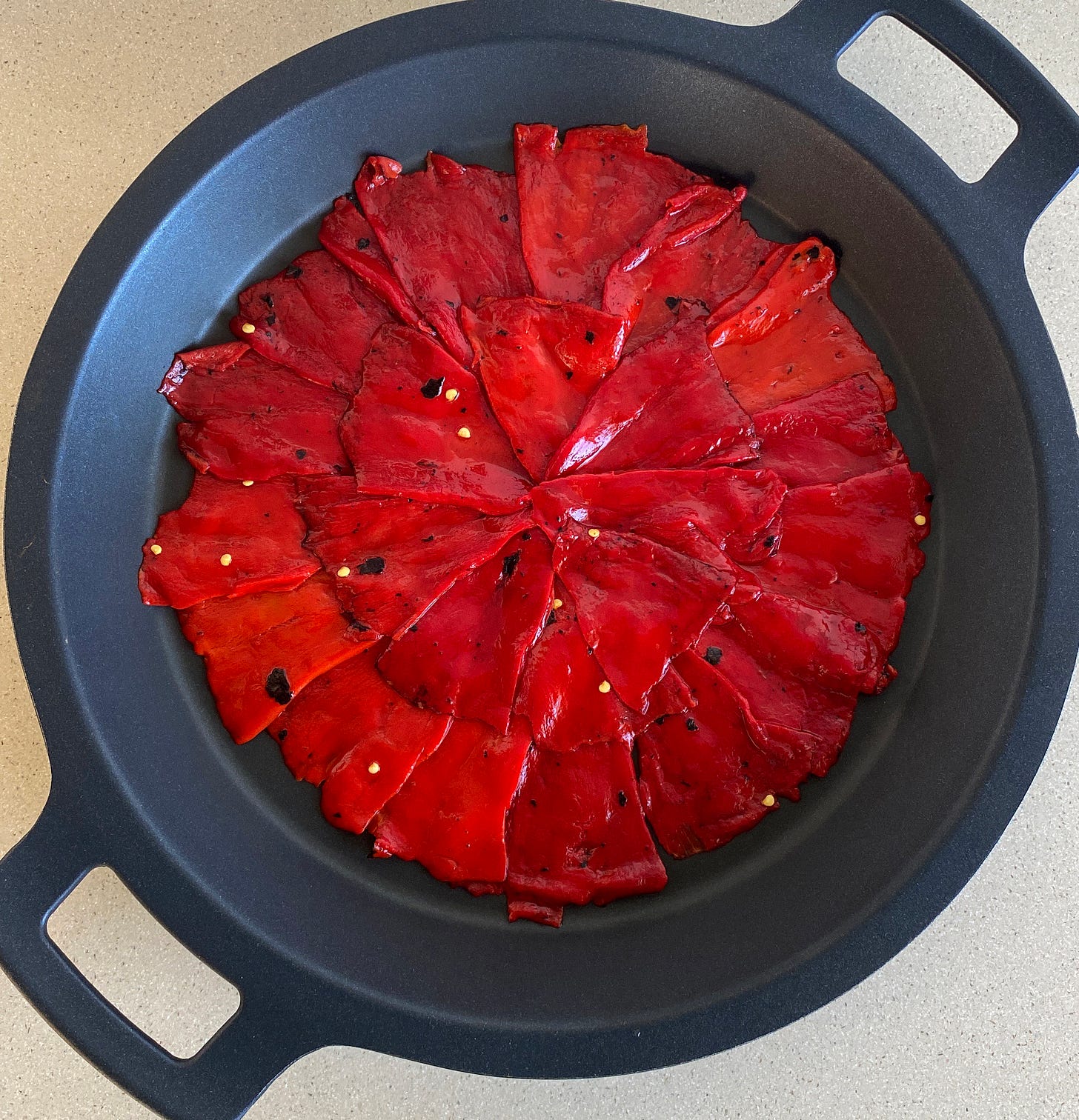
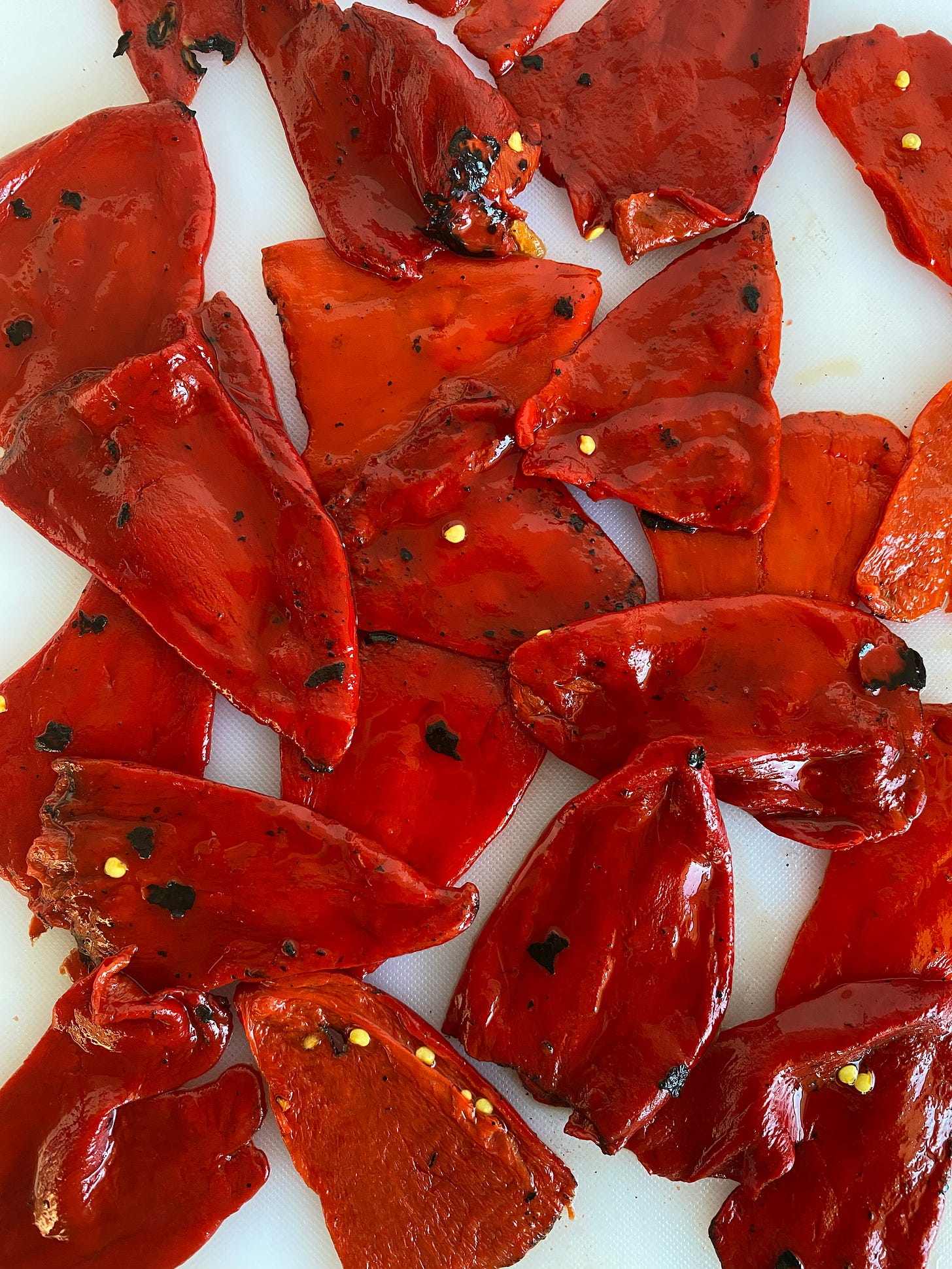
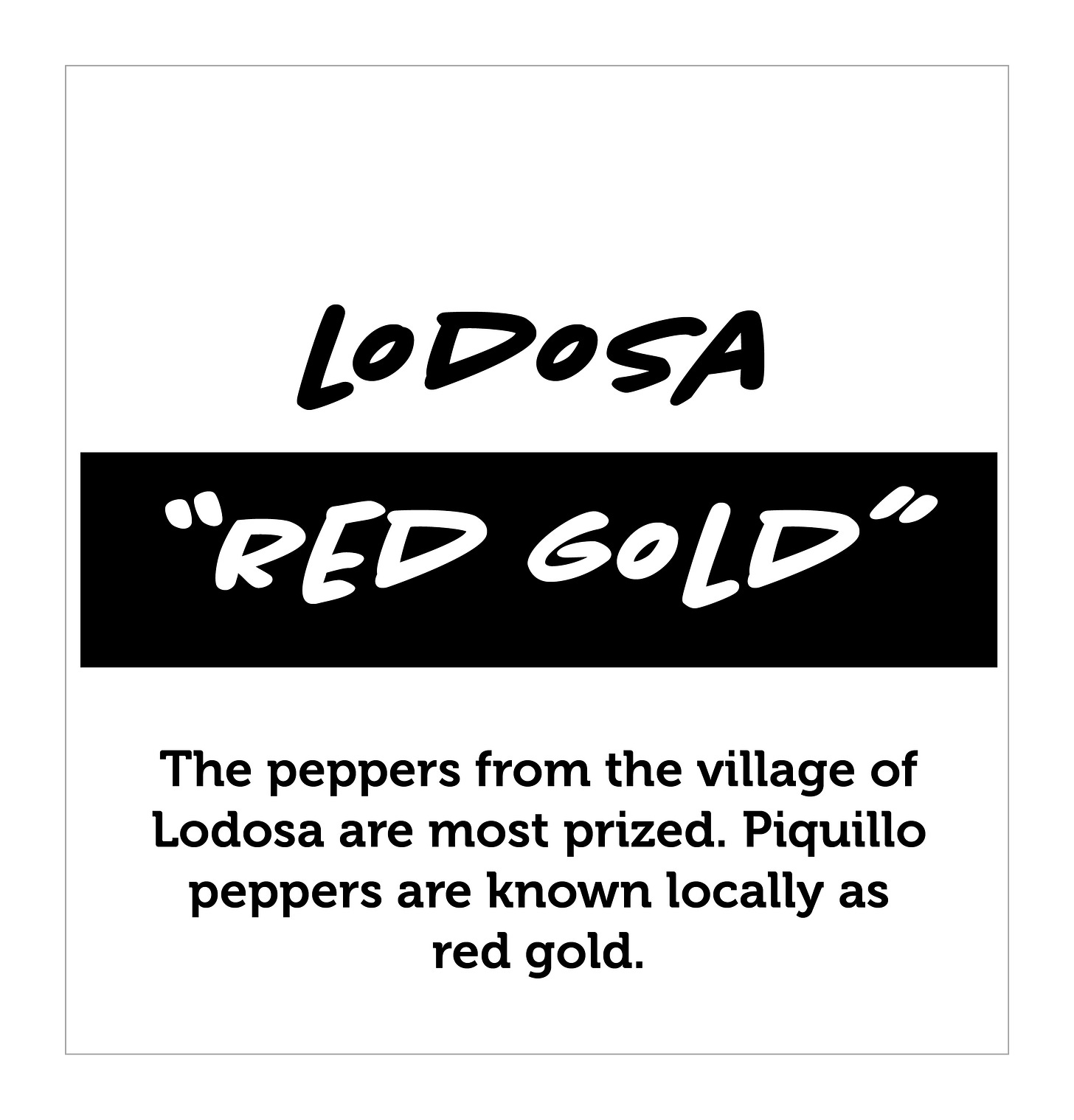
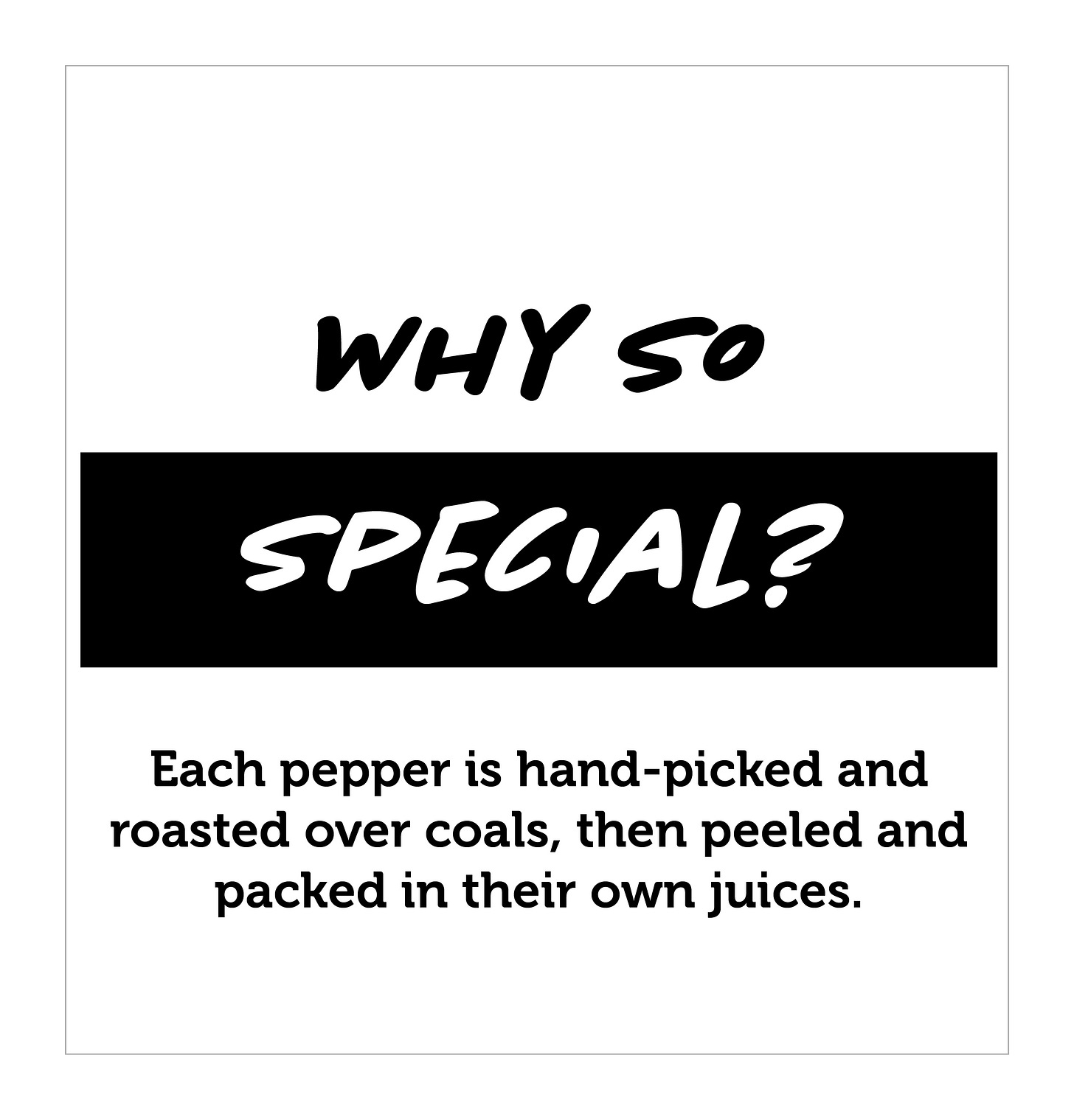
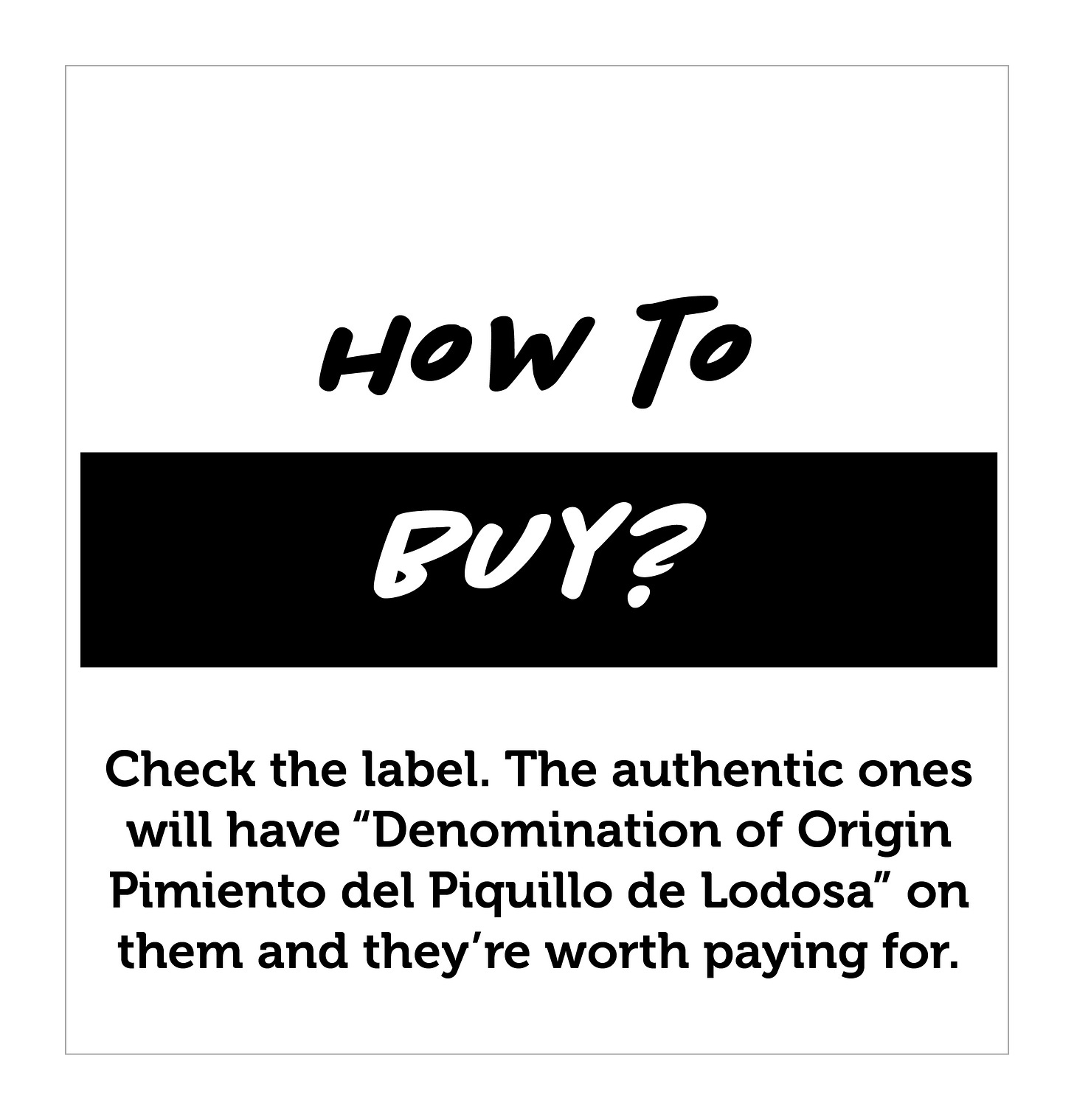


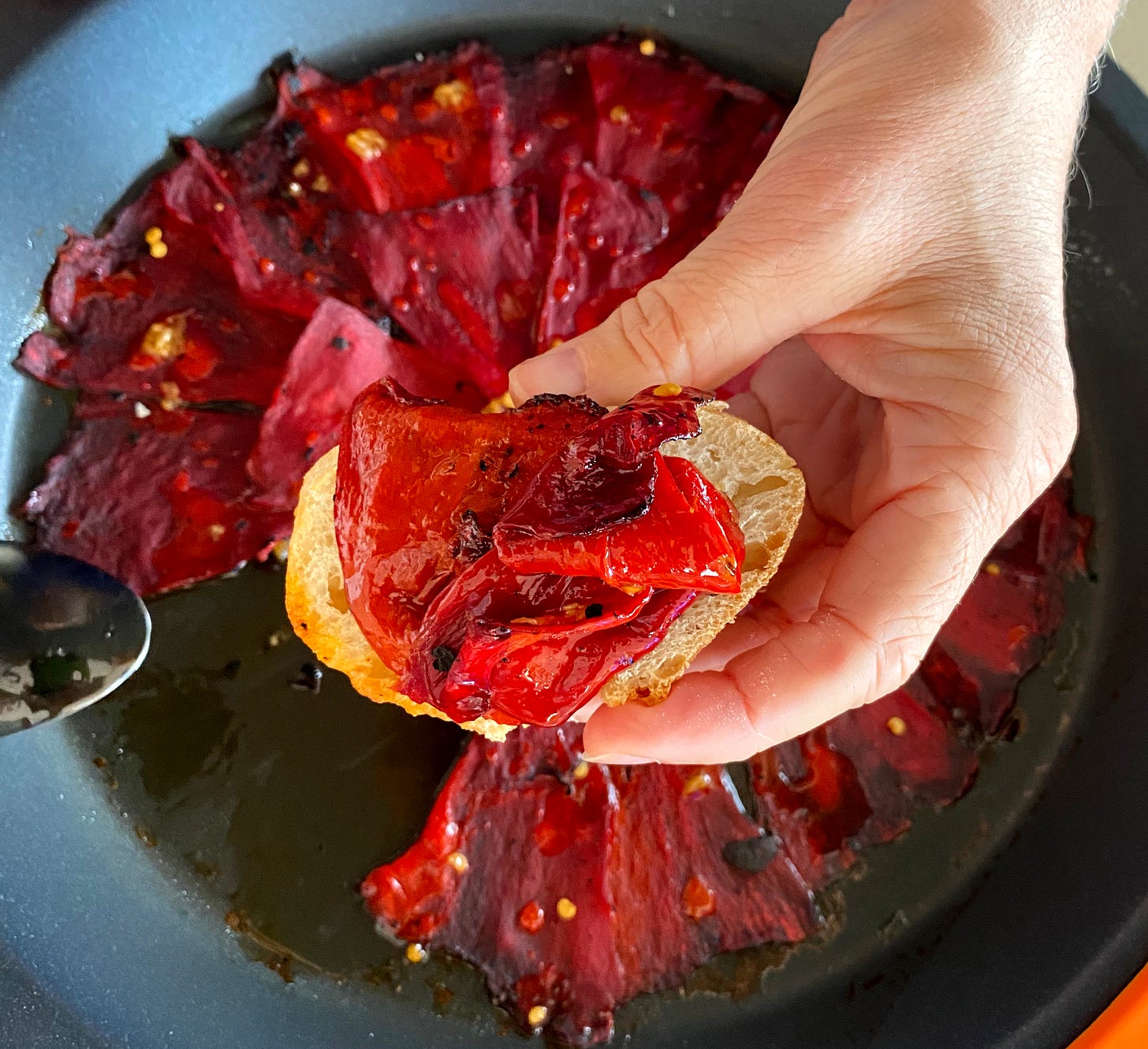



Maravillada me tienes !!! Haces que todo sea súper sencillo